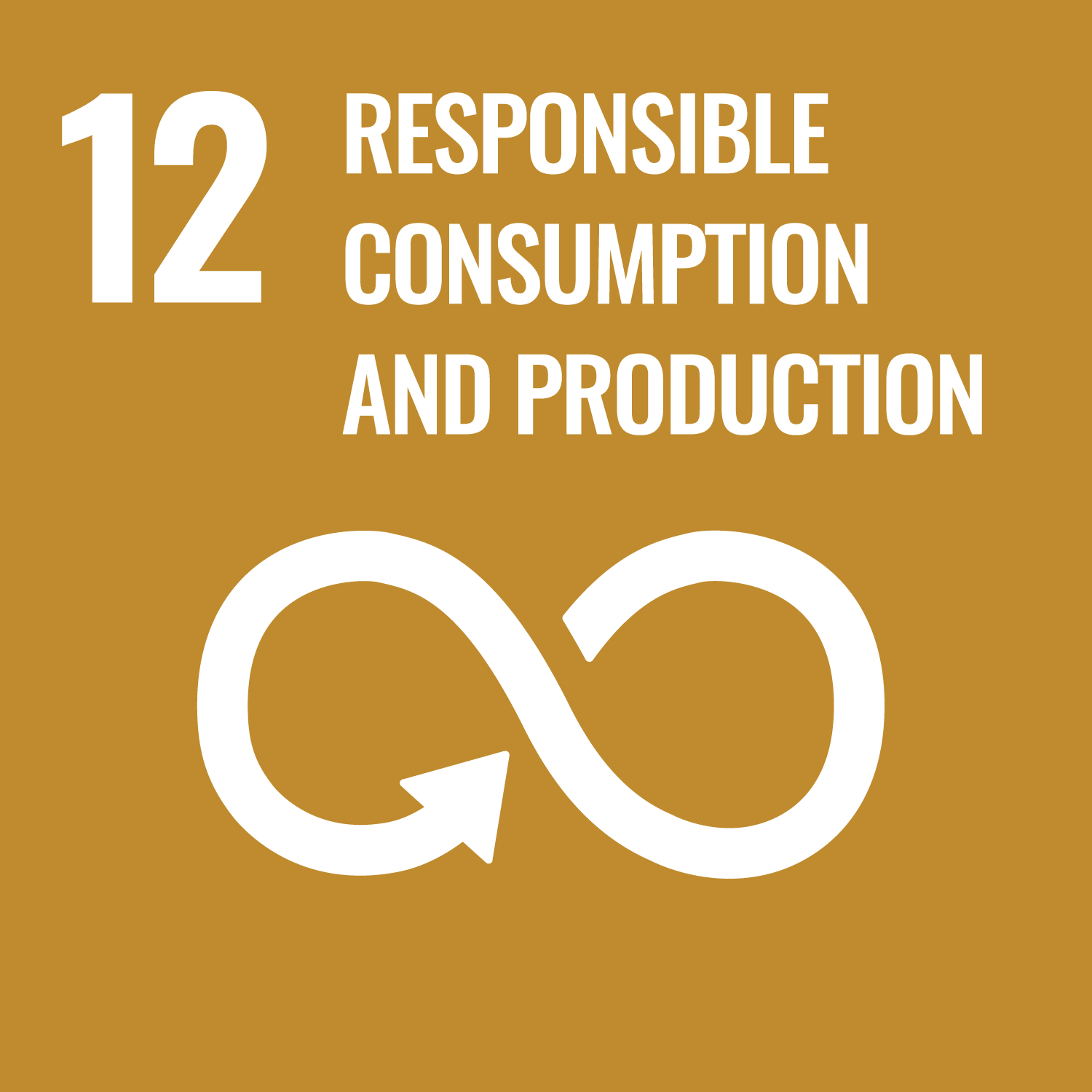Material science, one of the important sciences that supports the development of industries, is an important study involved
in all fields of engineering. Corresponding to remarkable progress, basic knowledge for selection of more effective materials
and rational design is environmentally and historically important. In this lecture including quiz and mini-test, we would
explain the familiar examples from the basics of materials to advanced materials in Japanese/English.
To understand the state of solid-liquid-gas plasma as the basis of material science and the relationship between the phases
as a state diagram. Regarding solid state materials in particular, to learn for the microscopic world based on atomic and
molecular images and the framework of material science through example. In the latter part, material applications are introduced
as follows;
1) material mechanical properties and their applications,
2) electrical and optical properties of materials,
3) characteristics of tool and mold material in manufacturing,
4) thermoelectric characteristics and hydrogen technology,
5) Learn the link between principle and characteristics - application development for safe.
1) material mechanical properties and their applications,
2) electrical and optical properties of materials,
3) characteristics of tool and mold material in manufacturing,
4) thermoelectric characteristics and hydrogen technology,
5) Learn the link between principle and characteristics - application development for safe.
- To understand the structure of substance and the physical property in Japanese/English.
- To understand the fundamentals of thermodynamics and the relationship between each phenomenon change and heat in matter in Japanese/English.
- To understand the basis of the mechanical properties for materials in Japanese/English.
- To understand the functions of optoelectrical properties for materials in Japanese/English.
| Class schedule | HW assignments (Including preparation and review of the class.) | Amount of Time Required | |
|---|---|---|---|
| 1. | State and structure of substances (electron and bond, atomic arrangement , solid - liquid - gas - plasma, metals - glass , ceramics - polymer) | To investigate what is the structure of the substance. | 100minutes |
| 2. | Structure of solid material (amorphous and crystal, crystal and structure, incompleteness in crystal, size dependence of crystals) | To investigate technical terms such as crystal structure, amorphous and phase transition of solid. | 100minutes |
| 3. | State of material (liquid and solid, equilibrium, temperature, pressure, equilibrium phase diagram, speed effect) | To understand about simple equilibrium diagrams. | 100minutes |
| 4. | Structure and thermodynamics (thermodynamics, equilibrium of multi component systems) | To investigate the law of thermodynamics (basic) | 100minutes |
| 5. | Structure and thermodynamics (surface thermodynamics, reaction rate) | To investigate the meanings of technical terms such as surface thermodynamics, reaction rate and so on. | 100minutes |
| 6. | Structure and thermodynamics (diffusion, phase transition, structure transition, sintering, oxidation, drying) | To understand the meanings of diffusion, phase change, tissue change, etc., and to be able to briefly explain. | 100minutes |
| 7. | Structure and thermodynamics (corrosion by aqueous solution) | To investigate corrosion from the phenomenon of personal belongings. | 100minutes |
| 8. | Mid-term examination and comments | To prepare for mid-term examination | 100minutes |
| 9. | Applied material - 1 (mechanical properties) | To study the mechanical properties of solid materials. | 100minutes |
| 10. | Applied material - 2 (electrical properties and optical properties) | To learn for electrical properties and optical properties of solid materials. | 100minutes |
| 11. | Applied material - 3 (thermoelectric properties and hydrogen technology) | To learn the principle and application of thermoelectric devices as solid element and technology using hydrogen. | 100minutes |
| 12. | Applied material - 4 (tools and dies for manufacturing) | To learn the tool steels and die materials to be used as a means of production and how to control them. | 100minutes |
| 13. | Applied material - 5 (nanotechnology and material, non-destructive testing) | To learn for nanotechnology that generically refers to technologies that dramatically improve macro properties of material such as material strength. | 100minutes |
| 14. | Final term examination and comments | To prepare for final term examination | 100minutes |
| Total. | - | - | 1400minutes |
| Exercise・Reports | Mid-term examination | Final examination | Total. | |
|---|---|---|---|---|
| 1. | 5% | 20% | 0% | 25% |
| 2. | 5% | 20% | 0% | 25% |
| 3. | 5% | 0% | 20% | 25% |
| 4. | 5% | 0% | 20% | 25% |
| Total. | 20% | 40% | 40% | - |
There will be exercise/report (20 marks), two main exams: midterm (40 marks) and final (40 marks). Students must earn at least
60 marks out of 100.
References:
The Principles of Engineering Materials, Craig R. Barrett, William D. Nix, A. S. Tetelman (Prentice-Hall, New Jersey) 1973.
Materials Science and Engineering: An Introduction, Jr. William D. Callister (John Wiley & Sons, New Jersey) 2006.
The Principles of Engineering Materials, Craig R. Barrett, William D. Nix, A. S. Tetelman (Prentice-Hall, New Jersey) 1973.
Materials Science and Engineering: An Introduction, Jr. William D. Callister (John Wiley & Sons, New Jersey) 2006.
We will recommend to prepare this lecture by reading the introductory book of material science.
- Questions are accepted during and before/after class. ZOOM discussion are welcome.
- Course that cultivates a basic problem-solving skills
| Work experience | Work experience and relevance to the course content if applicable |
|---|---|
| Applicable | Industrial collaboration for developing the new non-destructive testing for materials in social infrastructure. |


- 9.INDUSTRY, INNOVATION AND INFRASTRUCTURE
- 12.RESPONSIBLE CONSUMPTION & PRODUCTION
Last modified : Fri Mar 18 23:56:58 JST 2022
